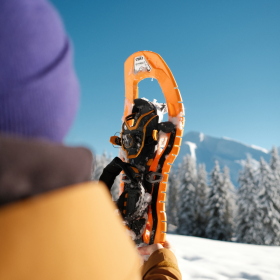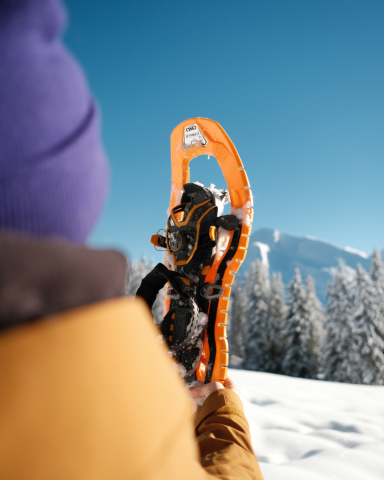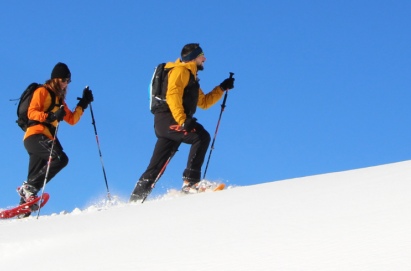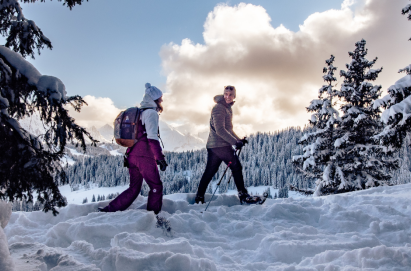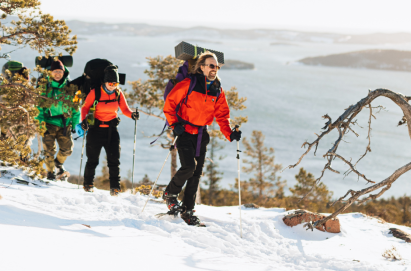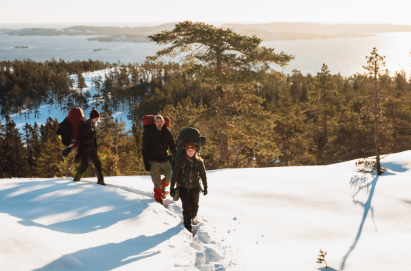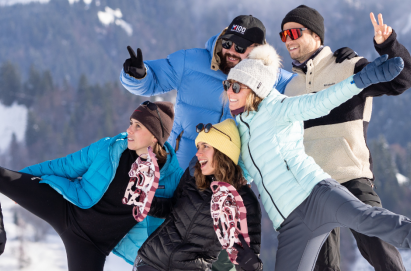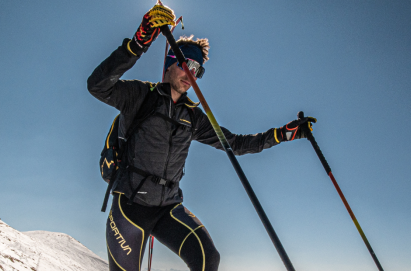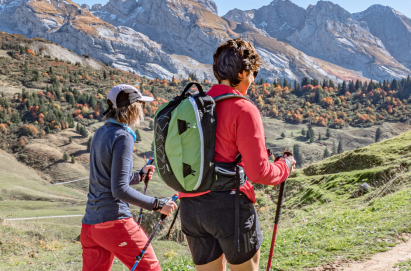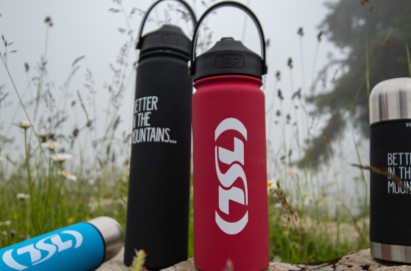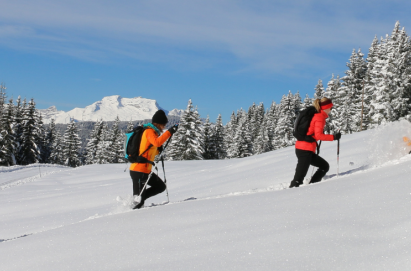SNOWSHOES
TSL, the world leader in snowshoes, strives and continues to offer you the best in snowshoes!
-

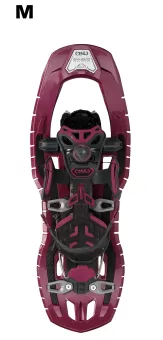
-
New

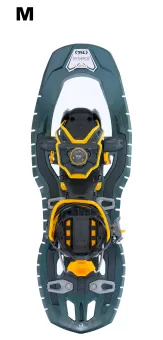
-

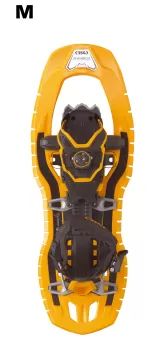
-
New

-

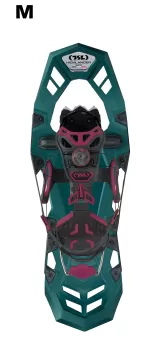
-

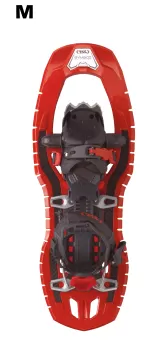
-
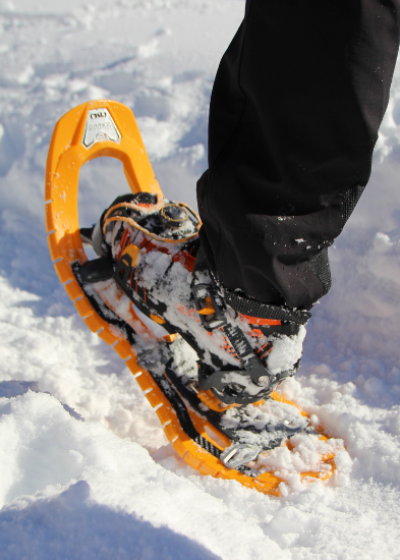 Explore snowshoe technologies
Explore snowshoe technologies -

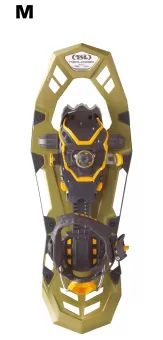
-

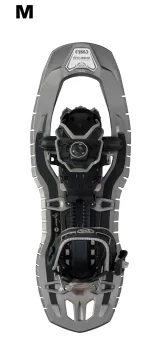
-

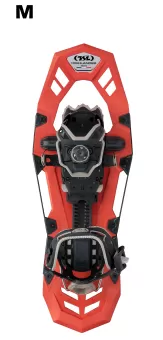
-

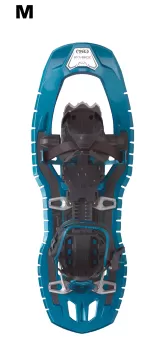
-

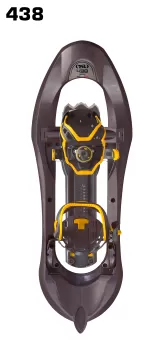
-

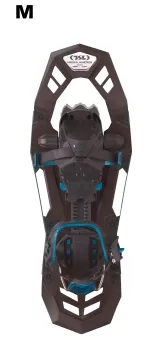
-

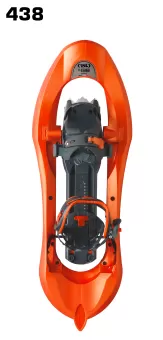
-

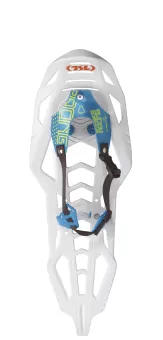
-

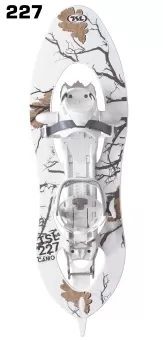
-

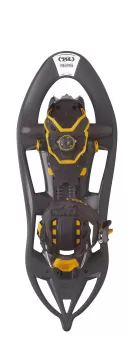
-

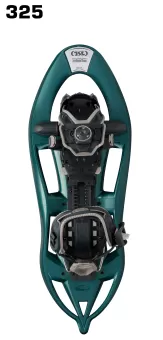
-
New

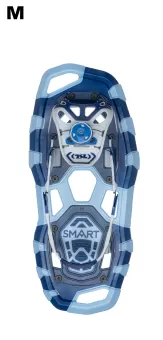
-

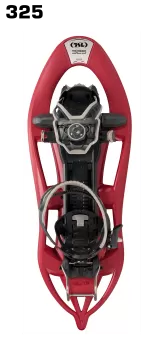
-

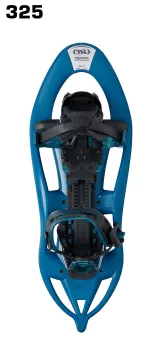
-

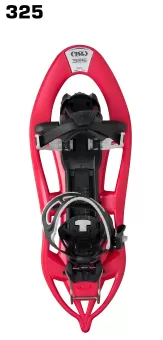
-


-

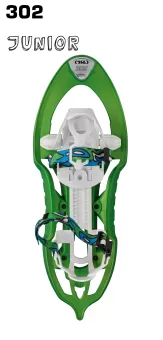
-

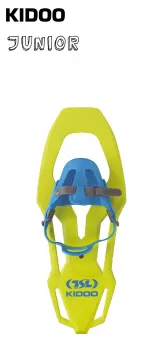
TSL FRENQUENTLY ASKED QUESTIONS
The TSL Snowshoes's strong points ? Excellent grip, high-tech features and extremely precise tracking!
From our women's snowshoes with a tailored fit to our men's snowshoes built for high and low mountain terrains, we have the perfect equipment to accompany you on your outdoor adventures.
Different Types of Snowshoes - How to Choose:
Flat Terrain Snowshoes:
SMART Snowshoes: Designed for both men and women, these snowshoes offer intuitive movement, precise control, and excellent grip on compact snow. The BOA tightening system allows for quick, secure adjustments, ensuring a perfect fit every time.
Discovery Snowshoes: Ideal for beginners, the Discovery series handles various terrains with a balance of quality and affordability. Choose between BOA tightening or front strap adjustments, depending on the model.
Mountain Terrain Snowshoes:
Hyperflex Snowshoe Series: Featuring an adaptive frame for stability and traction, these snowshoes mold to your foot for better adaptability on uneven terrain. The ascent heel lift reduces fatigue during uphill climbs.
Grip Snowshoe Series: Designed for icy terrain and steep slopes, these snowshoes offer stability with multidirectional stainless steel crampons, adjustable bindings, and a fixed frame. The structured chassis and wasp-waist design ensure a natural stride and optimal safety on side slopes.
Trail Running Snowshoes: Lightweight and sturdy, these snowshoes adapt to various terrains, offering support and safety for snow runs. Their feather-light design lets you focus on pace and performance.
Kids' Snowshoes: Lightweight and easy to use, these snowshoes feature an ergonomic design and adjustable bindings for a comfortable, secure fit, making snow walking effortless. Learn more about the best snowshoes for kids in our detailed guide to help you find the perfect snowshoes for your little ones.
How to Choose the Right Snowshoes: Key Factors to Consider:
Weight and Size: Match snowshoes to your weight, including gear. Weight options vary by model, so consider your weight and foot size (with boots) to choose the right size. Each model has a size guide on our website. Here's an example:
Terrain: Choose snowshoes based on your terrain: for flat or rolling areas, go for wider, stable designs; for mountainous terrain, select models with crampons or an ascent heel lift for better traction and support. This ensures optimal performance and comfort.
Traction & Bindings: For improved stability, select snowshoes with a heel lift and crampons. The heel lift helps reduce strain on steep ascents by providing added support, while crampons with sharp metal teeth grip icy or challenging surfaces. Adjustable bindings allow you to fine-tune the fit for comfort and security, ensuring optimal control as you navigate different snow conditions. Check out our detailed breakdown of snowshoe bindings in our Snowshoes Binding Overview to learn more about the different types and how to choose the best one for your needs
Accessories: Consider poles and backpacks for added convenience. Poles improve stability on uneven terrain, while backpacks provide storage for your gear. Separate snowshoe carriers make it easy to transport and protect your snowshoes when not in use. If you're wondering whether poles are essential for snowshoeing, they can make a big difference in comfort and control, especially on challenging terrain.
FAQ:
What is the best snowshoe for beginners? The Discovery Series is a solid choice, while the SMART series provides similar benefits with a focus on comfort and ease for beginners.
What size snowshoes do I need for my weight? Refer to our size guides for each model you choose, as size/weight recommendations may vary between models.
How much do snowshoes cost? TSL Snowshoes typically range in price from around $170 for beginner models and can go up to $340 for advanced models like the Symbioz Hyperflex Instinct
What are the types of snowshoes?
Discovery Series: Ideal for beginners, these snowshoes are lightweight, easy to use, and perfect for flat or rolling terrain.
Hyperflex Series: Designed for advanced users, the Symbioz series features high-performance snowshoes with flexible frames and superior grip, suitable for tough, mountainous terrain.
Grip Series: Built for durability and grip, these snowshoes are perfect for rugged, challenging terrain, with added features for extra support and stability.
Junior Series: Designed for younger snowshoers, these models are lightweight and easy for kids to use.
Trail Running Snowshoes: Built specifically for snow running, these snowshoes are ultra-light and streamlined for speed and agility.
What makes snowshoeing a great activity? Snowshoeing is a fantastic way to explore snowy landscapes and stay active. It allows you to effortlessly move through snow-covered terrain, offering a peaceful way to enjoy nature, get some exercise, and fully appreciate the beauty of winter. If you're wondering whether snowshoeing is hard or how to get started, check out our comprehensive guide on how to snowshoe for more insights and tips to help you hit the trails with confidence!
How do I store and care for my snowshoes? After use, clean off any snow or dirt, and store them in a dry place. Keep the bindings in good condition and check for any damage before each use.
Do I need special boots for snowshoeing?
You don't need specialized boots, but it's recommended to wear waterproof, insulated boots with good ankle support. Make sure they fit securely in the bindings of your snowshoes for optimal comfort and control. For recommendations on the best boots and footwear for snowshoeing, check out our guide to find the right pair for your adventure!
Do I need poles for snowshoeing?
Poles aren’t required but are recommended for better balance and stability, especially on uneven terrain. They can also help if you fall and provide an upper body workout.
What do I wear while snowshoeing?
Layering is key for snowshoeing to regulate body temperature:
- Base layer: Moisture-wicking and lightweight (avoid cotton).
- Second layer: Insulating fleece or wool.
- Outer layer: Windproof, waterproof/water-resistant, and breathable.
Why are gaiters important for snowshoeing?
Gaiters protect your boots and lower legs from snow, water, and debris, keeping your feet dry and warm. To find the best gaiters for your snowshoeing adventures, check out our guide!
Discover our latest news
Discover our various activities
Complete your outfit
-
Discovery Series
These robust and rigid frames are perfect for treks on gentle slopes. They are fitted with 6 interchangeable crampon tips and front points for very excellent grip.
-
Grip Series
These decks benefit from variable height edges providing better grip on downhill slopes and great traction in all types of snow (TSL Patented).
-
Hyperflex Series
Hyper-flexible and lightwieght with an ergonomic binding, the Symbioz adapts to the unevenness of the terrain to give extraordinary traction. The inserts provide elasticity and responsiveness and to offer a feeling of freedom.
-
Junior Series
Come and discover our range of snow-shoes designed especially for kids, whether they’re taking their first steps on the snow or following Mum and Dad on the trail. The entire range has one thing in common: a truly simple adjustment system, letting you spend more family time in the snow !
-
Smart
The SMART is a clever combination of lift and grip, the perfect compromise between snowshoes and walking crampons.
It's perfect for walking on packed snow.
-
HIKING
These comfortable and easily adjusted snowshoes are perfect for people who love a relaxing walk in the snow. Perfect for wide-open spaces and wilderness explorers !
-
CHILDREN
Come and discover our range of snow-shoes designed especially for kids, whether they’re taking their first steps on the snow or following Mum and Dad on the trail. The entire range has one thing in common: a truly simple adjustment system, letting you spend more family time in the snow !
-
ALPINE HIKING
The perfect way to explore the mountain heights. This range of snow-shoes uses cutting-edge TSL technology for the perfect blend of comfort, technique and grip! These models are recommended for the most demanding explorers !
-
WINTER RUNNING
Designed for the most demanding of competitions and snow-shoe treks, these high-performance models use the best materials to ensure optimum foot roll, minimum weight and the best possible grip.
-
 DISCOVER - 1/3
DISCOVER - 1/3Level of difficulty : DISCOVER, 1/3
The technical and comfortable snowshoe for little hikers
-
 EXPLORE - 2/3
EXPLORE - 2/3Level of difficulty : EXPLORE, 2/3
Suitable for hikers looking for ease of use and versatility
-
 JUNIOR
JUNIORLevel of difficulty : JUNIOR
The first snowshoe for little hikers
-
 SUMMIT - 3/3
SUMMIT - 3/3Level of difficulty : SUMMIT, 3/3
Suitable for experienced hikers looking for technicality, grip and comfort.
